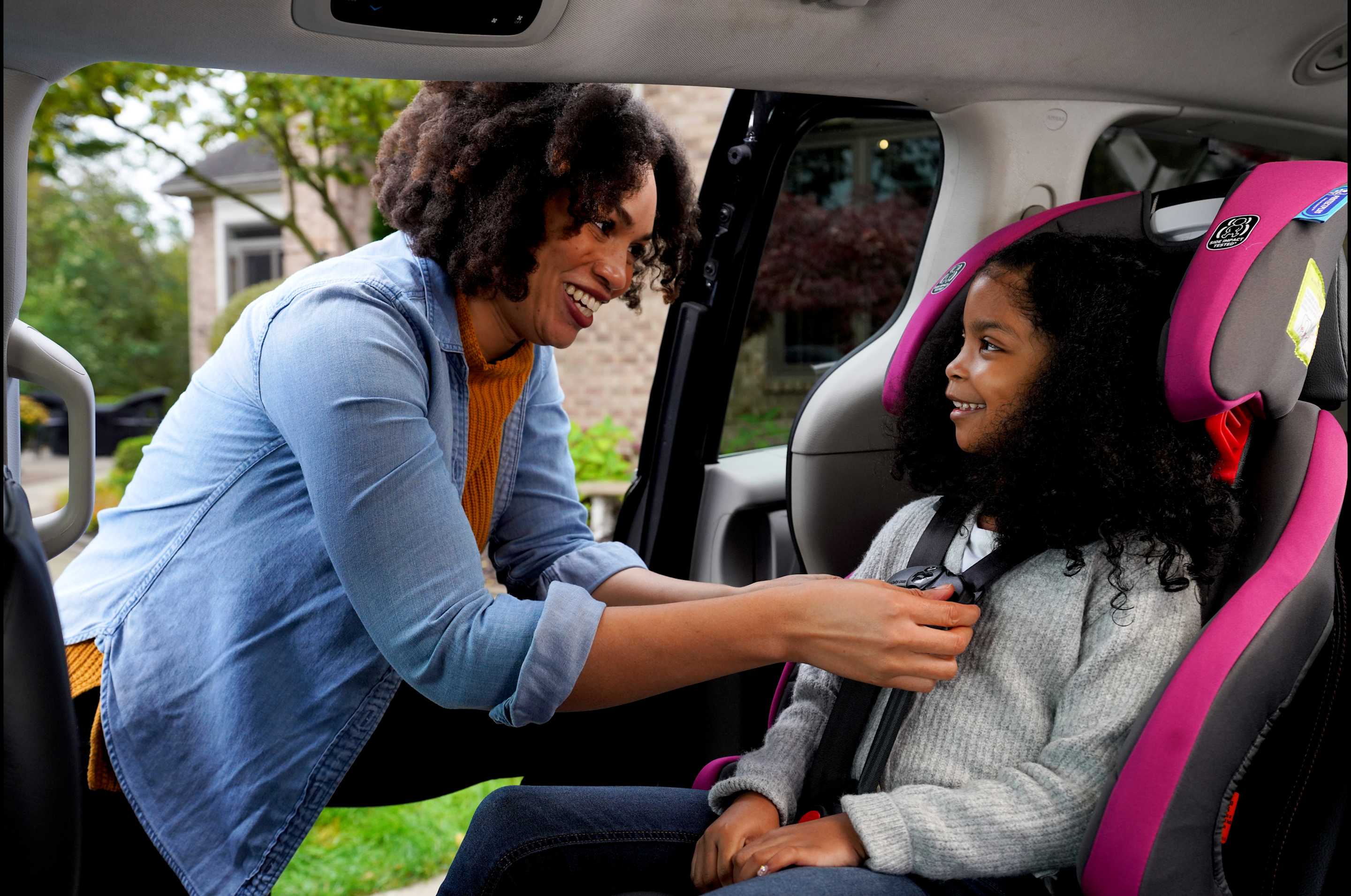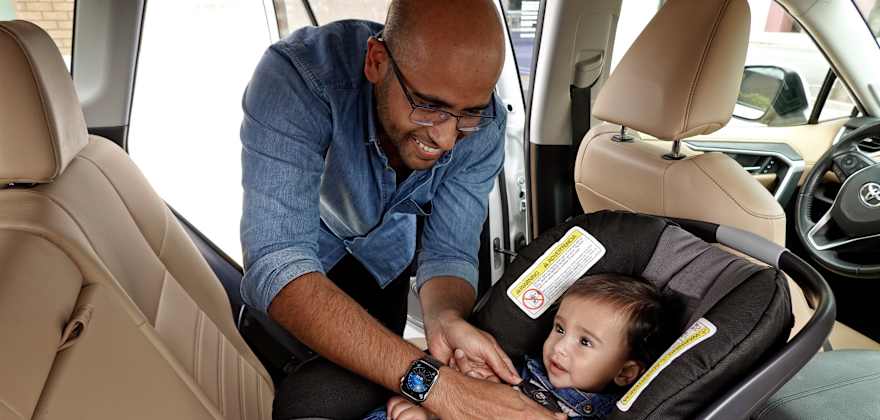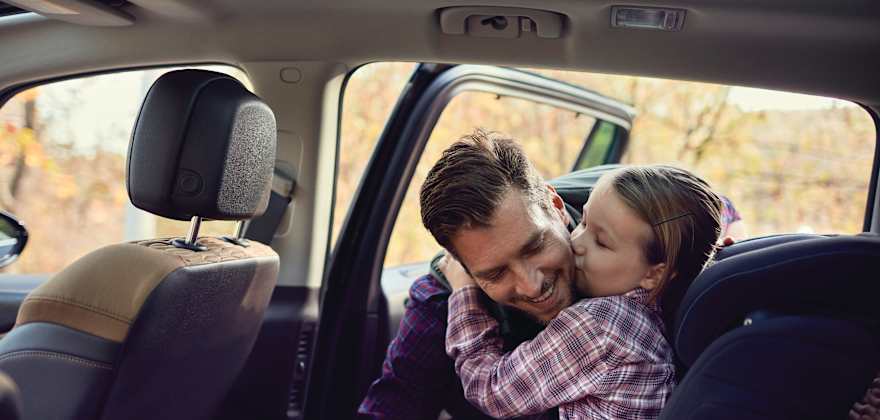Common Misuse with Forward-Facing Car Seats

Are you using your child’s safety seat correctly? According to the National Digital Car Seat Check Form (NDCF) database, 80.8% of forward-facing carseats inspected by Child Passenger Safety Technicians in 2024 were improperly installed and used. We’re sharing the most common errors with forward-facing car seats, and how to avoid them.

Common Misuse
Whether using a seat belt or the lower anchor attachment system to install your car seat, forward-facing car seats are not installed tight enough on the vehicle seat.
Recommendation
Make sure the car seat moves less than 1 inch side-to-side or front-to-back when pulling or pushing at the belt path using moderate force. The belt path is the place on a car seat where a seat belt or lower anchor attachment system is placed to secure it on the vehicle seat. Watch now.

Common Misuse
When installing a forward-facing car seat with a seat belt, the seat belt retractor is not locked when no other form of lockability is used for installation.
Recommendation
- Review your vehicle owner’s manual to learn what type of seat belt system is in the vehicle seat where you are installing a car seat.
- Learn what a seat belt retractor is and how to lock it. Watch now.
- Read your car seat’s manual to determine if it requires the seat belt retractor to be put in locking mode/a locked position.

Common Misuse
The tether is not used on forward-facing car seats.
Recommendation
The tether is an important — and often overlooked — step to installing a child’s forward-facing car seat. Use the tether whenever possible on forward-facing car seats. Learn more about what it is: Watch now.

Common Misuse
The lower anchor attachment system and seat belt are used together to install a car seat (when not allowed by the car seat and vehicle manufacturers).
Recommendation
Typically, car seats are installed using either the lower anchor attachment system or the seat belt. The installation methods are different but either method is safe when used correctly. Only use both the lower anchor attachment system and seat belt if both the car seat and vehicle manufacturer allow it. Watch now.

Common Misuse
The car seat harness is too loose, twisted, in the wrong slot, and the chest clip is not at armpit level.
Recommendation
- Learn how to get a properly snug harness: Watch now.
- Learn about 5 general methods to obtain a properly snug harness (see below).
Harness Adjustment & Fit
Follow the general methods below to obtain a properly snug harness, and don’t forget to refer to your car seat instruction manual for more information.
- Place the child with their back and bottom flat against the back of the car seat.
- Check your car seat instruction manual to make sure the harness is in the correct slots for your child’s height and the car seat’s installation direction. Typically, for forward-facing seats, the harness should go through the slots at or just above the top of the child's shoulders.
- Place the harness webbing over the shoulders and around the hips. The harness should be flat, not twisted. Buckle the harness and chest clip. Tighten the harness until it is snug against the child’s body. You shouldn’t be able to pinch any extra webbing at the shoulder.
- Position the chest clip at armpit level.
- If your car seat has multiple buckle slots, adjust the buckle according to the car seat instruction manual. The buckle should be close to the child’s body, but the child should not be sitting on the buckle or buckle webbing.
Source: National Child Passenger Safety Board.


